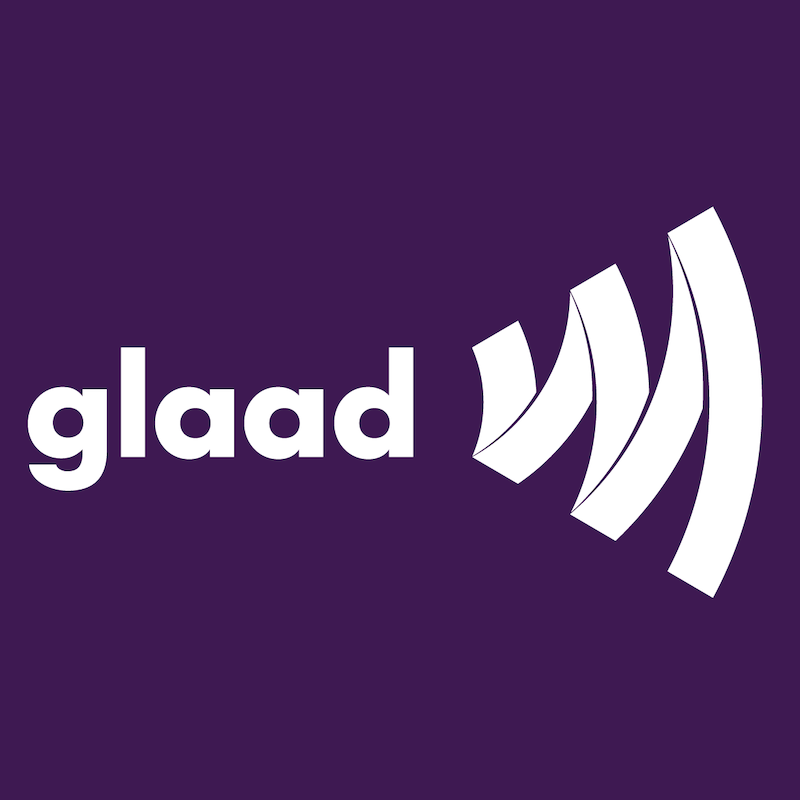LGBTQ representation in the media improved this year

A new report from GLAAD (the Gay and Lesbian Alliance Against Defamation) shows that there has been an incredible improvement in the representation of the LGBTQ community across TV platforms this year. The annual “Where We Are On TV Report” aims to both assess how the media is doing in terms of LGBTQ representation on TV and to inform the goals they set for the industry. Last year, GLAAD had established a two-year goal that 10% of series regulars should be members of the community — and many networks rose to the challenge
Broadcast TV is currently leading the way, as 10.2% of their series regulars are LGBTQ, and of those regulars, women outnumbered men for the first time since GLAAD started this initiative in 2006. There was a 45% increase in representation across streaming platforms — a similar rate to the rise in representation last year. Last year, there was a 17% rise in LGBTQ characters, and while this rate remained steady this year, only one LGBTQ character was added due to many shows with LGBTQ characters being canceled. However, they experienced a 17% rise in 2018.
Another crucial goal of GLAAD’s initiative is the assertion that half of the LGBTQ population on TV should be people of color. Broadcast networks met that goal this year: 52% of their LGBTQ series regulars are people of color. Cable networks are close to matching the goal at 48%, and streaming services are not far behind at 41%. There has also been an overall increase in the representation of transgender characters and HIV postive characters across all platforms.
These increase in intersectional representation is an incredible step towards making media a more equal place. But improved representation on TV will not have as big of an impact without improvement in representation within advertisements. As Geena Davis, the founder of Geena Davis Institute on Gender and Media, says, “Representation in advertising is especially influential in shaping societal values, given the sheer volume of ads we are exposed to each day.”
A new Geena Davis Institute study, analyzing advertisements from 2015 to now, shows that there was a general increase in gender-balanced representation. Screentime for women increased by 40%, and this proved to be fruitful for the advertisers, as more people (56%) will watch advertisements that are more gender-balanced than others. The most gender-balanced advertisements are for consumer goods, with 55% women, and health products, with 52% women.
But even so, men still had almost double the amount of speaking time women did in ads: 68% of speaking characters were male, and 32% were female. Further, women are 9% less likely to be shown with an occupation, and 6% less likely to be shown in leadership roles. This trend is also seen in film, as women shown in leadership roles are 15% more likely to be objectified, and are seen as less competent than male leaders.
While there are still areas for more growth, authentic and equal representation in the media does not seem like a far off reality. As the Geena Davis Institute study shows, more balanced representation not only benefits viewers but the networks and advertisers, as viewers are more willing to watch media that is gender-balanced.
GLAAD’s new overarching goal is, therefore, to have 20% of TV characters be LGBTQ because 20% of the young adult population identifies as part of the community. This year’s landmark of making it halfway to this goal is therefore a great indicator that we’re on the right path to normalizing and accepting these communities.
More articles by Category: LGBTQIA, Media
More articles by Tag: Equality, Film, TV, Identity, Transgender, Television



























